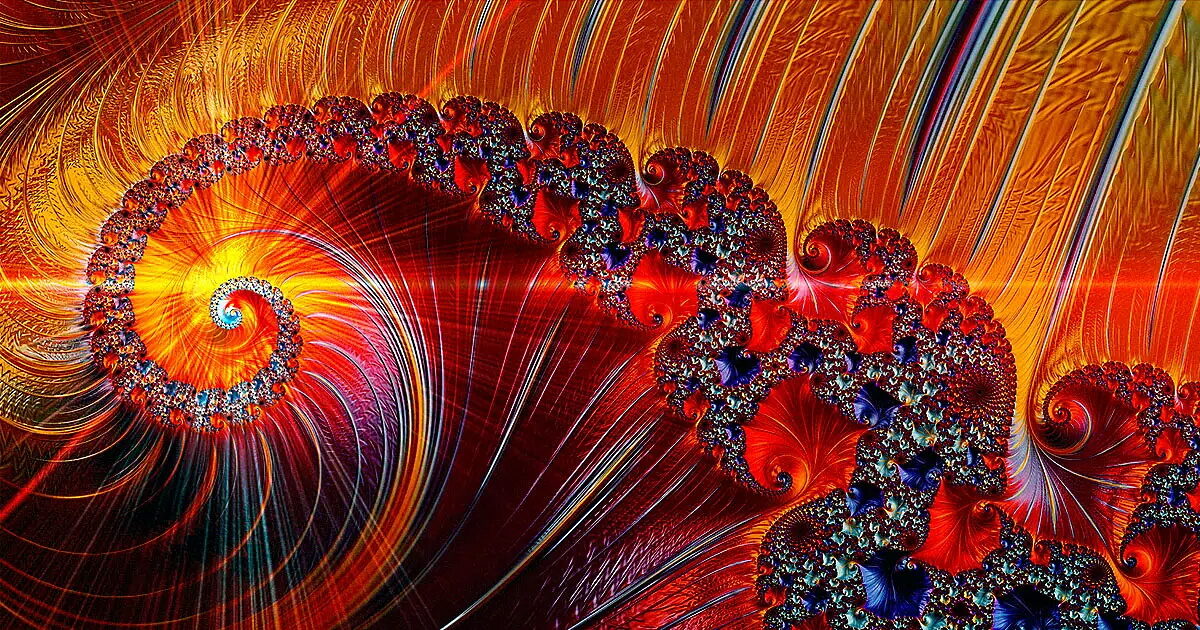
© Getty Images
Just as ordinary matter can be in a solid, liquid, gas, or superheated plasmic phase (or state), quantum materials also have phases. The phase refers to how the matter is structured on an atomic level — the arrangement of its atoms or its electrons, for example. Several years ago, physicists discovered a
quantum supersolid, and
last year, a team confirmed the existence of quantum spin liquids, a long-suspected phase of quantum matter, in a simulator. The recent team thinks they've discovered another new phase.
Quantum bits, or qubits, are like ordinary computer bits in that their values can be 0 or 1,
but they can also be 0 or 1 simultaneously, a state of ambiguity that allows the computers to consider many possible solutions to a problem much faster than an ordinary computer. Quantum computers should eventually be able to
solve problems that classical computers can't.
Qubits are often atoms; in the recent case, the researchers used 10 ytterbium ions, which were controlled by electric fields and manipulated using laser pulses. When multiple qubits' states can be described in relation to one another, the qubits are considered entangled. Quantum entanglement is a delicate agreement between multiple qubits in a system, and the agreement is dissolved the moment any one of those bits' values is certain. At that moment, the system decoheres, and the quantum operation falls apart.
A big challenge of quantum computing is maintaining the quantum state of qubits. The slightest fluctuations in temperature, vibrations, or electromagnetic fields can cause the supersensitive qubits to decohere and their calculations to fall apart. Since the longer the qubits stay quantum, the more you can get done, making computers' quantum states persist for as long as possible is a crucial step for the field.
In the recent research, pulsing a laser periodically at the 10 ytterbium qubits kept them in a quantum state — meaning entangled — for 1.5 seconds. But when the researchers pulsed the lasers in the pattern of the Fibonacci sequence, they found that the qubits on the edge of the system remained in a quantum state for about 5.5 seconds, the entire length of the experiment (the qubits could have remained in a quantum state for longer, but the team ended the experiment at the 5.5-second mark). Their research was
published this summer in Nature.
You can think of the Fibonacci sequence laser pulses as two frequencies that never overlap. That makes the pulses a quasicrystal: a pattern that has order, but no periodicity.
"The key result in my mind was showing the difference between these two different ways to engineer these quantum states and how one was better at protecting it from errors than the other," said study co-author Justin Bohnet, a quantum engineer at Quantinuum, the company whose computer was used in the recent experiment.
The Fibonacci sequence is a numeric pattern in which each number is the sum of the two previous numbers (so 1, 1, 2, 3, 5, 8, 13, and so on). Its history goes back over
2,000 years and is connected to the so-called golden ratio. Now, the unique series may have quantum implications.
"It turns out that if you engineer laser pulses in the correct way, your quantum system can have symmetries that come from time translation,"said Philipp Dumitrescu, the paper's lead author and a quantum physicist who conducted the work while at the Flatiron Institute. A time-translation symmetry means that an experiment will yield the same result, regardless of whether it takes place today, tomorrow, or 100 years from now.
"What we realized is that by using quasi-periodic sequences based on the Fibonacci pattern, you can have the system behave as if there are two distinct directions of time," Dumitrescu added.
Shooting the qubits with laser pulses with a periodic (a simple A-B-A-B) pattern didn't prolong the system's quantum state. But by pulsing the laser in a Fibonacci sequence (A-AB-ABA-ABAAB, and so on), the researchers gave the qubits a non-repeating, or quasi-periodic, pattern.
It's similar to the
quasicrystals from the Trinity nuclear test site, but instead of being a three-dimensional quasicrystal, the physicists made a quasicrystal in time. In both cases, symmetries that exist at higher dimensions can be projected in a lower dimension, like the tessellated patterns in a two-dimensional
Penrose tiling.
"With this quasi-periodic sequence, there's a complicated evolution that cancels out all the errors that live on the edge," Dumitrescu said in a Simons Foundation
release. By on the edge, he's referring to the qubits farthest from the center of their configuration at any one time. "Because of that, the edge stays quantum-mechanically coherent much, much longer than you'd expect." The Fibonacci-pattern laser pulses made the edge qubits more robust.
More robust, longer-lived quantum systems are a vital need for the future of quantum computing. If it takes shooting qubits with a very specific mathematical rhythm of laser pulses to keep a quantum computer in an entangled state, then physicists had better start blasting.
And the answer was ...
... 42.